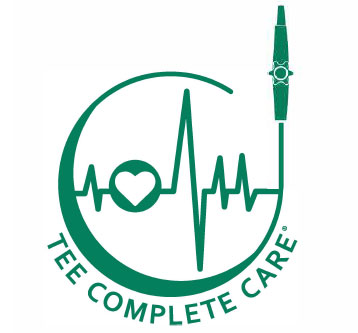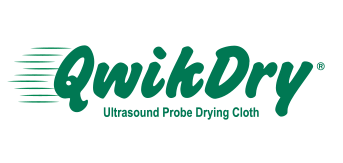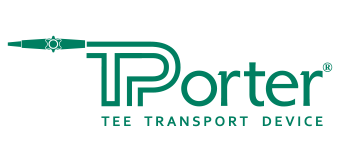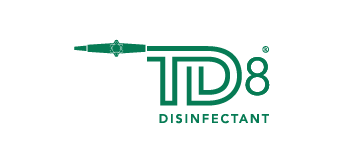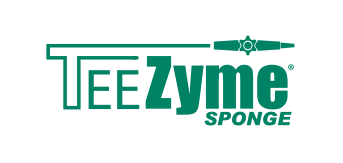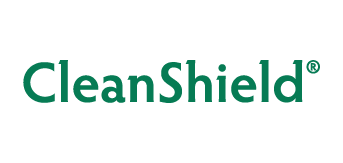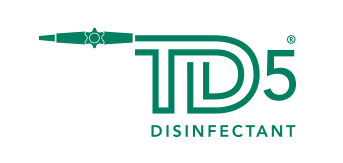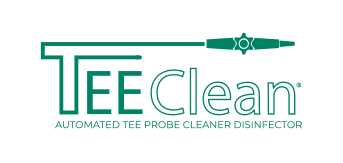How to make the best choice for your facility in surface disinfection
Why Disinfect?
Almost every environment on the planet contains bacteria and microorganisms. You might be surprised to learn that on one square inch of skin there are more than 600,000 bacteria.1 Most are harmless to humans. But disease-causing organisms – called pathogens – can be dangerous or even deadly!
Using the right types of disinfectants regularly on surfaces throughout your facility is critical in helping prevent the spread of colds, Flu, and other sicknesses. Since there are many types of disinfectants on the market, it’s important to understand how they work – including their pros and cons— in order to make an informed decision on how to best disinfect and protect your facility and the people in it.
How do Disinfectants Work?
Disinfectants are chemical agents applied to non-living objects in order to destroy bacteria, viruses, fungi, mold or mildews living on the objects. By definition, surface disinfectant formulas must be registered with the Environmental Protection Agency (EPA). The “active ingredient” in each disinfectant formula is what kills pathogens, usually by disrupting or damaging the outer structure. Active ingredients are usually aided by other ingredients with various purposes. For example, surfactants can be added to a disinfectant formula to provide consistent wetting on a surface or to help in cleaning.
Main Types of Disinfectants by category
Several broad categories of disinfectants are used in commercial and industrial facility maintenance. Below are several of the most common types. While not an exhaustive list, these cover the large majority used today.
Quaternary Ammonium Compounds (Quats)
A top choice for disinfection in hospital and institutional settings because of their low cost and quick action against a wide range of microorganisms. Quats, as they are commonly called, can be formulated with a variety of detergents to provide both cleaning and disinfecting ability.
Chlorine Compounds
Kill an array of organisms including resistant viruses, and are highly recommended for cleaning bodily fluids. Chlorine-based disinfectants are inexpensive and have relatively quick kill times, however they can be corrosive and cause discoloration as well as irritation if not used as directed.
Alcohols
When diluted in water, alcohols are effective against a wide range of bacteria, though higher concentrations are often needed to disinfect wet surfaces. The downsides are they evaporate quickly (and thus may not remain on the surface long enough to kill), they’re flammable, and they may not have organic soil tolerance claims, meaning they may not be effective when organic matter (blood, for example) is present.
Aldehydes
Very effective against the cells that cause Tuberculosis, yet they need a high part per million (ppm) ratio to be effective for disinfection.
Phenolic Compounds
Effective against pathogenic bacteria including Mycobacterium tuberculosis as well as fungi and viruses, but also very toxic and corrosive, attacking surfaces while they attack the organisms on them.
Hydrogen Peroxide
Often mixed with peracetic acid to achieve specific disinfecting claims. These strong oxidizers can be highly reactive if mixed with other chemicals or come in contact with various surfaces. Their efficacy range is somewhat limited and at high concentrations they are dangerous.
What to Consider When Choosing Your Disinfectant?
There are four primary considerations you should evaluate when choosing a disinfectant to best meet the needs of your facility for surface disinfection. Consideration of the following questions will give you a framework for helping to determine the best product(s) to use in your organization.
Effectiveness
Does a disinfectant kill the microbes and pathogens that are of top concern in your facility? For example, you may be highly concerned about Staphylococcus aureus Methicillin Resistant (MRSA). Some disinfectants are EPA approved as effective against this bacteria. Keep in mind that pathogens can have multiple strains, and disinfectants are certified for specific strains. Depending on your industry and facility type – healthcare, education, long-term care – you will have varying needs and requirements.
Kill Time
How quickly does a disinfectant product kill a specific pathogen? Does the product Disinfectant formulas are registered to kill specific pathogens in a specific amount of time, and they need to be wet on a surface the entire time to be actively working. Thirty seconds to five minutes might be a typical kill time. If a disinfectant needs 10 minutes though, be sure it will actually stay wet that long. Alcohol-based disinfectants may very well evaporate before their required contact time. Read and follow all directions for use and rewetting if necessary.
Safety
Is the product safe to use for people and safe for the surfaces it is being applied to? As you learned earlier in this article, some categories of disinfectants are toxic, some stain, others are corrosive, yet others have an undesirable odor. Check toxicity and flammability ratings on products, as well as any personal protective equipment (PPE) recommendations for disinfectants you apply. Be sure a disinfectant will not damage any surface it is intended for.
Ease of Use
Are the steps required to use a given disinfectant practical for your facility? Some applications require multiple steps that may not always be feasible. Water hardness is one factor that can impact the effectiveness of some disinfectant formulas. Ideally, cleaning and disinfecting is just one step. A top choice would be easy, ready-to-use disinfectant that addresses a broad spectrum of bacteria, viruses, fungi and mildew in hospitals, institutions, and industry.
Conclusion
Sorting through information about the various types of disinfectants takes time, but it’s a critical step to ensure you are making the best maintenance decision for your facility. Having the right products on hand along with a solid plan to prevent disease and infection will save effort and expense down the road, and give added peace of mind to you, your staff and any visitors that come through your doors.>
